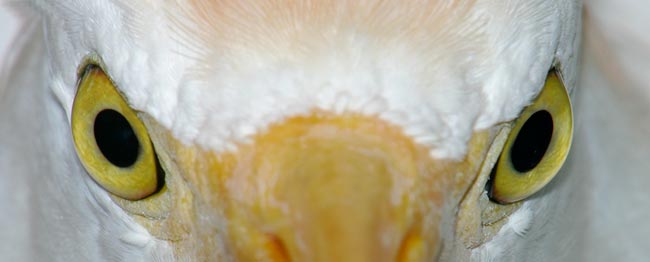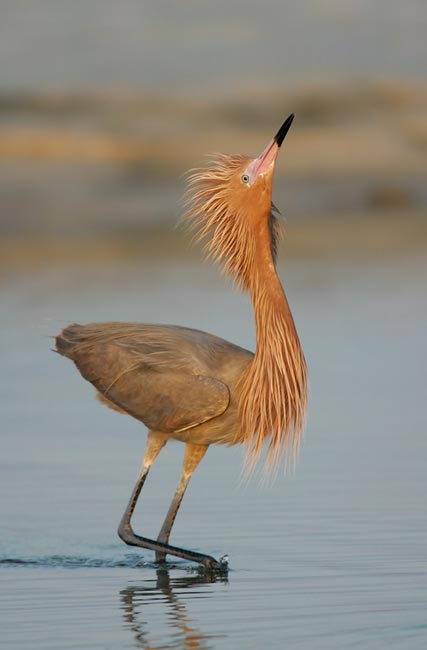

 |
 |
 |
 |
 |
 |
We are trying to develop a community where photographers can come and discuss nature, wildlife and pet photography related matters. We encourage you to enter the forums to share, make comments or ask questions about this interview or any other content of NWP.
This article is Copyright 2005, James Morrissey, and may not, in part or in whole, be reproduced in any electronic or printed medium without prior permission from the author. The images in this article are the property of Artie Morris and have been licensed to James Morrissey and the NWP Photo Forum for the purpose of this interview.
Part IV: Tricks and Tips

(c) Artie Morris
JM: I was looking at some of your articles on different websites about how you like to travel light. Yet, I keep seeing these photographs with you carrying these huge lenses...
AM: I never said that I traveled light. I like to travel light, I travel heavy out of necessity. I believe that it was a bit of a misquote. When I travel, I take the 500 instead of the 600.
JM: What bodies are you currently using?
AM: I use Canon EOS 1D Mark II cameras.
JM: Would you say that you are using all large lenses.
AM: I use both the 600 and the 500mm a lot, but I almost never travel with the 600 - it is just too big and too heavy. I sold my Canon 100-400mm IS L zoom lens recently and have opted for the 70-200 f/2.8 L IS lens, often with the 1.4X II teleconverter. I use the 300 mm f/4 L IS or the 400mm f/5.6 L for flight and for lots of other stuff. I also carry the 28-135mm IS lens which I use for scenics and bird-scapes.
JM: Bird photography is something I have tried only recently. I find it very difficult. I would like to have a longer lens!
AM: For years I was making a living at 840 mm (about 17x). Then came Canon’s remarkable Image Stabilized lenses. Then came the digital multiplier effects. If I am using the 600mm with a 2x extender times the 1.3 for the multiplier effect of the camera that brings me to 1560mm at f/8. That is roughly 31X!
JM: Are you using a lot of flash for freezing action?
AM: I rarely use flash to freeze the action, but I do use a lot of fill flash. I have a love/hate relationship with flash. There are periods when I think it looks horrible and fake. There are other times when I think, “I could never have made this image without flash.”
JM: How do you handle your workflow with flash?
AM: Any time that you photograph a bird with flash, especially with digital, you will have to do some work on the eyes. I have, however, been doing some really cool things with flash recently. For fill when working at close range, I use the flash at -3 stops. If the subjects are point-blank, I slip down the diffuser on the flash.
The other thing I have been working on is using manual flash when I am working at a given distance. I have gotten some great results using this technique.
JM: How close are you to the birds when working with flash? My experience has been that the flash gives you perhaps 50 feet indoors.
AM: The biggest misconception about bird photography is that we are able to make good images of single birds while working at great distances. For the most part we are working from 20 to 70 feet and often at 15 to 20 feet for the smaller species. We get pretty close.

(c) Artie Morris
JM: How are you able to get that close?
AM: It really depends on the bird. I do a segment at all my seminars that deals with getting close to free and wild birds and animals. There are a million tricks of the trade. For the most part, I travel to places where the birds are relatively acclimated to humans. Then, I simply move slowly.
JM: Do you find that you go to the same places then?
AM: Yes. I am different from most other bird photographers. Most of them always want to go to new and different places to find different birds. I just go to the same places year after year. Check out my IPT locations: San Diego; several locations in Florida; New Mexico; and Lake Martin in Louisiana. I just learn the birds, learn the places better. Learn and light and the angles. I learn the tricks and get better and better. You can do the same thing in your backyard.
JM: Do you want to discuss any of your current tours?
AM: Folks can learn about our Instructional Photo Tours here: www.birdsasart.com/tours.html
They should also check out the Bulletin Archives here: www.birdsasart.com/bn.html and subscribe if they like what they see. They are free.
Digital Photographers should check out our Digital Basics File at www.birdsasart.com/digitalbasics.html which has helped more than 1,600 folks learn the basics of digital photography. The DBF covers digital capture; understanding, evaluating, and adjusting histograms; my favorite editing and downloading software along with tips on how best to use them; and of course, how to optimize your images in Photoshop.
If you are interested in learning more about Bird Photography from Artie Morris, he will be conducting a seminar in Dallas --
"The Art of Bird Photography; It Ain't Just Birds!" Weekend How-to Seminar
Presented by Photo Road Show
Dallas, Texas: November 5-6, 2005.
For full details, please visit his website: www.birdsasart.com/photoroadshow.htm.
You can also visit his home page at www.birdsasart.com.
As always, we encourage you to come join the community and to be participants in the forums! If you have not registered yet, please
 |
 |
 |
 |
 |